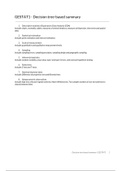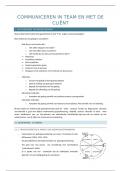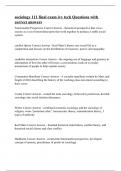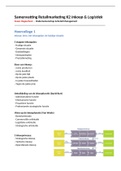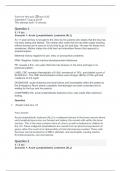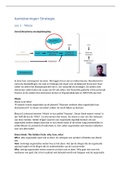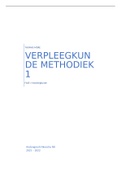Samenvatting
Summary Statistics 1 (GESTAT1)/Elementary Statistics for Geographers
- Instelling
- Rijksuniversiteit Groningen (RuG)
This summary is all the information you will need to pass the Statistics 1 (resit) exam. It contains 8 very comprehensive subjects, which can be placed within the context of statistics. The summary is aligned with the decision tree I made. This summary is especially useful for students who have fo...
[Meer zien]
